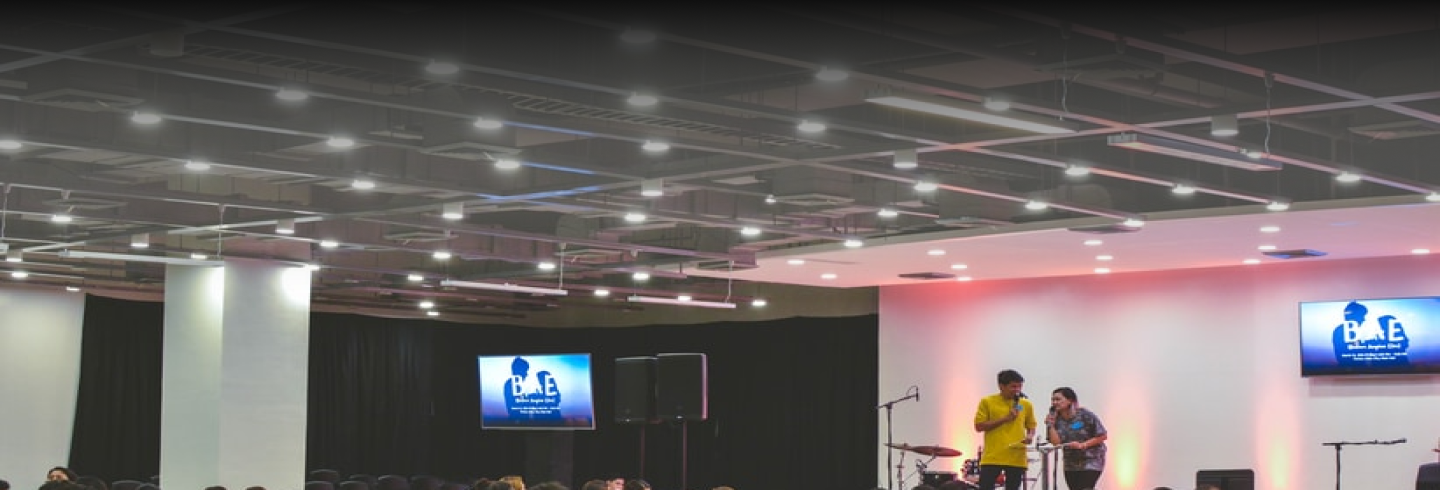

 Blogs
Blogs
 Details
Details
 6 September 2023 |
6 September 2023 |
 4 min read
4 min read
The idea of diversity, equity, and inclusion is rooted deep in the history of the United States. Efforts have been made over time to promote workplace equality and mitigate significant issues like employment discrimination and the gender pay gap. For instance, President John F. Kennedy signed the Equal Pay Act in 1963 to ensure men and women are paid equally in an organization for similar work. In 1972, the Title IX of the Education Amendments prohibited any kind of sex discrimination in education programs or activities receiving federal financial assistance. Historically, organizations approached the idea as a matter of compliance and acknowledged it primarily to keep any legal troubles at bay.
However, things are different today. Diversity, inclusion, and belonging are not just buzzwords but becoming the pulse of the corporate world. The ideas are now recognized as crucial components to building healthy, prosperous, and productive workplaces, and many industry leaders are setting examples for the world to follow.

Take the example of PepsiCo – for whom diversity is not just a utopian vision but a best practice. One of the largest food and beverage businesses is guided by its Pep+ vision which raises the bar on talent and diversity and focuses on building diverse teams and inclusive environments. Furthermore, NASA recently announced the hiring of diversity champions and exemplified high-profile diversity, equity, and inclusion (DEI) proponents appointed to top spots at government agencies. The two instances provide a clear indication that corporates and the federal government are prioritizing Diversity, Equity, Inclusion, and Belonging.
Now, fostering a DEI-oriented workplace is not only a moral but a business imperative. Thus, DEIB is deemed to have a better and brighter future than it had years ago. Given the hype, it can be concluded that DEIB is having a moment, just like CSR had a couple of years ago!
It is evident with the fact that souring diverse talent is still on despite the corporate series of employee layoffs reported in recent months. But what has contributed to making DEI a major focus?
We now live in a highly connected world where people cannot unsee the issues of discrimination and disparity. In the age of social media, information can spread like wildfire around the globe in a matter of minutes. This has made people more invested and committed to the cause.
For example, the custodial death of a black man, George Floyd in 2020, gave fire to the fight against color discrimination and led to the “I can’t breathe” movement. People worldwide took to the streets and came together with a common mission of protecting the rights of black people.
The impact of the movement and nationwide protests on the corporate world was huge, to say the least. As per the Society for Human Resource Management, DEI roles increased by 55% following demands for broader racial equity and justice after Floyd’s unfortunate murder.
Here are some lessons learned about making a workplace diverse and inclusive.
No conversation on DEIB is complete without discussing Employee Resource Groups.
The Great Place To Work Institute defines ERGs as voluntary, employee-led groups with a common aim to foster a diverse and inclusive workplace that aligns with the organizations. Originally known as a workplace affinity group, the concept came into light in the 1960s when a group of black employees at Xerox came together to discuss race-based tension amidst race riots in Rochester, New York.
Today, the idea of ERG has become increasingly relevant with issues like gender disparity and questions concerning personal identity affecting everyone. ERGs are typically focused on minority groups like the LGBTQ+ community, African Americans, Asian Americans, and other mainstream groups. For instance, one can have ERG for veterans, single mothers, and disabled people. The main idea is to connect people with similar backgrounds (or interests) and provide them with a safe space to express, contribute, and grow.
Employee Resource Groups provide a safe space for minority groups. It fosters a place where they can share, express, and contribute to support each other. Given the rising need and demand for diverse talent, developing ERG groups is a necessity for all organizations.
The experience and efforts in making Pyramid Consulting an Intentionally Inclusive organization have taught us that DEIB should be promoted holistically and at individual levels. It is about learning, giving everyone a seat at the table, and being brave. DEIB will drive the future of work and play a significant role in shaping workplace culture. The road ahead is hard and leveraged with challenges, but only together can we win and succeed to make this world a better place!
At Pyramid Consulting, commitment to diversity is an integral part of our corporate vision. We help our clients meet their DE&I goals with diverse staffing solutions. We aim to foster a workplace that favors diversity in thoughts, experiences and representation.